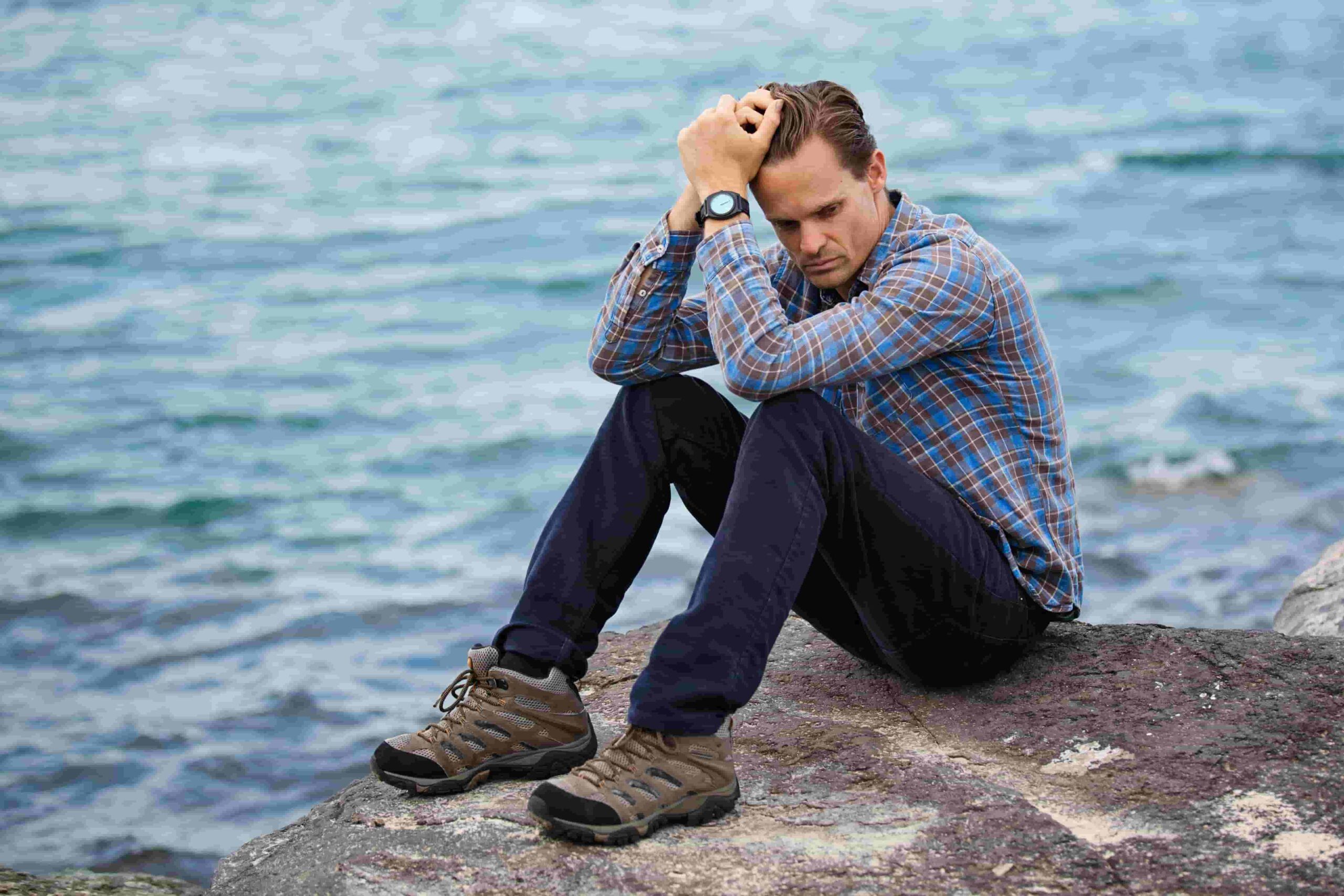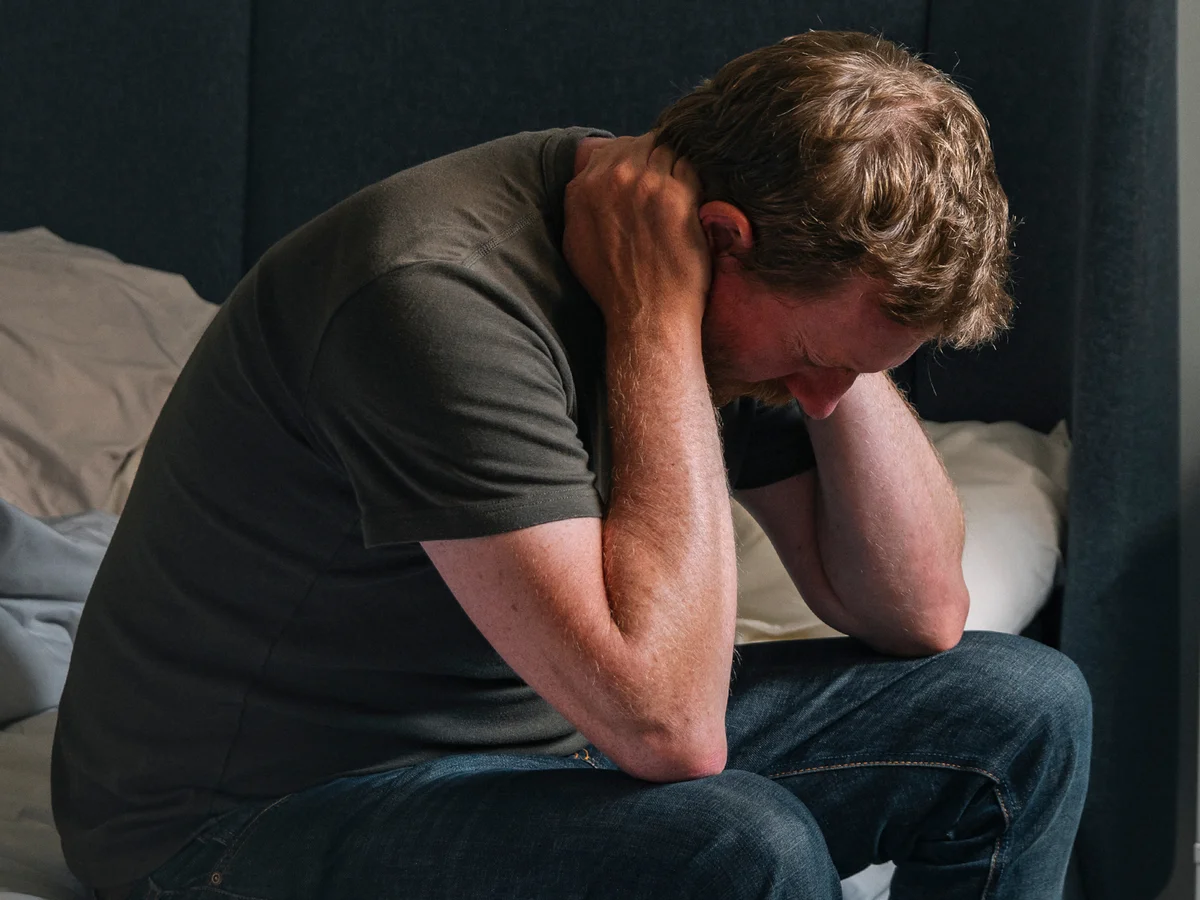Complex post-traumatic stress disorder, or CPTSD, doesn’t spring up overnight. That means that recovering from complex PTSD requires commitment. While on the road to wellness, knowledge of the Complex PTSD Recovery Stages can help keep your therapy from going in circles.
It’s terrible to acknowledge, but often, there are years of abuse and trauma involved. Emotional and physical scars probably make up a significant part of your history.
Still, you are a survivor and there are solutions available for CPTSD recovery. These stages of trauma recovery are a kind of healing roadmap. And clients tell me that just having such a plan can provide reassurance and clarity that makes a big difference.
Where once you experienced nightmares, flashbacks, and constant anxiety, there is a proven path toward feeling calmer, more in control, and even more comfortable in your own body.
Complex PTSD Recovery Stages Provide a Roadmap
Let’s explore how recovering from complex PTSD is possible. Although there is some variation in the treatment of complex trauma, generally there are some widely agreed upon stages of complex PTSD recovery.
1. Create Safety and Stabilization in CPTSD Recovery
One of the key issues with C-PTSD is your need and craving for security. The first step in recovering from complex PTSD is the safety and stabilization phase. This includes both physical safety and emotional safety. You can’t even begin to recover from CPTSD unless you feel protected. So a good trauma therapist will help you develop a deep felt sense of calm stability.
You’ll also learn skills that support that.
For a significant period, a sense of safety was not present in your life. So it’s very likely that your nervous system has an overactive habit of of being in fight, flight or freeze responses. One of the hallmarks of trauma is that it leaves your nervous system chronically dysregulated. And if you suffer from CPTSD, then relationships are triggers. Because therapy involves relating to another person, it’s usually a trigger too. But, when you learn how to help your body feel and recognize safety, you can then learn how to have your needs met.
Over time, you can begin to increasingly feel steady and support yourself. Yes, we all need food, water, shelter, etc. But we also need to know that we won’t be hurt or punished for expressing thoughts and feelings. Physical, mental, and emotional support are vital for all of us.
Do bear in mind that at any other step in the stages of healing you might need to come back to safety and stabilization.
2. Practice Remembrance and Mourning
Skipping this stage of trauma therapy is something important that interferes with recovering from Complex PTSD. Many trauma survivors never recover because they don’t do this stage of the work. This stage involves the resolution, or reconsolidation of old memories. Without this work, the brain can’t move forward. Many survivors only have one coping tool; avoidance. And it’s this very avoidance that keeps the trauma symptoms from resolving. Avoidance can be an excellent short term coping mechanism, but over the long run, it’s what keeps the pain, fear, anger and shame swirling within our bodies and minds.
Many wrongly believe that the only way to move forward is by not thinking about or not feeling what happened. What these people don’t know is that a good trauma therapist can gently guide them through this stage and make sure that the process of remembering is not overwhelming. In fact, the key to successful trauma therapy is reprocessing and reconsolidating old memories in a comfortable enough way.
The step of remembering and mourning the trauma is essential for recovering from complex PTSD. In this second step of the Complex PTSD recovery stages, you are actively engaged in trauma recovery work. This is the heart of what’s considered trauma therapy in that you are meeting with a therapist and working through what happened. There are several options available to do this safely and productively. For example:
- Eye Movement Desensitization and Reprocessing (EMDR)
- Neurofeedback Therapy
- Trauma processing therapies
The mourning aspect is much like mourning a loved one you have lost. You are mourning all the things you have lost due to your trauma. It’s the process of fully mourning that past which lets you come fully into the present. Also, do keep in mind that if you are starting to feel unsafe, then it’s time to revisit the safety and stabilization step. Once you are in a better place, you can continue with remembrance and mourning.
3. Recovering from Complex PTSD with Reconnection and Integration
With reconnection and integration, you can establish safety and stabilization as well as practice remembrance and mourning. Essentially, it’s time to look ahead as you consider who you are without the cloud of trauma hanging overhead. In a way, this process is all about redefining and rediscovering who you are.
Learning to turn toward other people for closeness and pleasure is an important, and daunting step for many trauma survivors. So many trauma survivors find emotional and sexual intimacy to be overwhelmingly complicated. That leads them to practice avoidance as as a way to feel stable and safe. If you exit a life of avoidance, dissociation and numbing, it can feel like you are tiptoeing through a minefield of shame, fear and anger. But you can make it out.
Instead of feeling powerless and perpetually victimized, you can find a new voice. Oftentimes C-PTSD gives rise to a sense of purpose through service to others. Giving back helps any kind of recovery work. In the end, this step is all about forward-thinking, not dwelling on the past any longer.
Seek Therapy to Support Recovering from C-PTSD
The field of trauma treatment has come far since 1988. That’s the year Judith Herman Herman Ph.D of Harvard coined the term “complex PTSD“. We have learned a lot about how trauma impact the brain, the nervous system. And we’ve learned how to help people along the path of recovering from Complex PTSD.
As you can see, these three key stages of healing CPTSD require the assistance of a trained complex ptsd therapist who understands trauma and its after-effects. Your therapist does more than just analyze what happened to you. They also walk with you through the recovery journey, allowing you the space to become safe and whole once again. A therapist empowers you to look back on those terrible moments, with less fear and shame and a greater sense of purpose and forward movement.
Perhaps you endured complex PTSD symptoms for years. Recovering from Complex PTSD takes time but you needn’t suffer aimlessly or alone. The intention of C-PTSD recovery is not to draw out the process. Rather, it is to intentionally engage in the stages of healing so that you can take back your life. Please read more about trauma therapy and contact me today to discuss how I can help.





